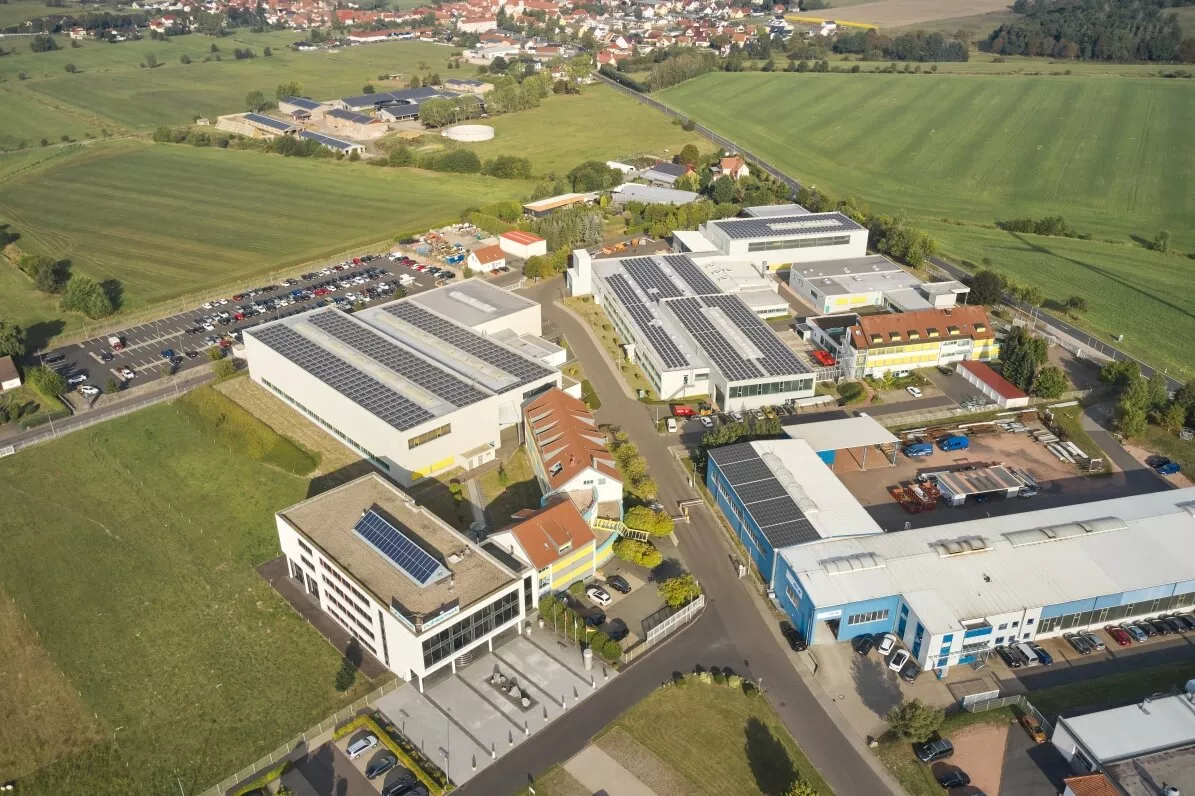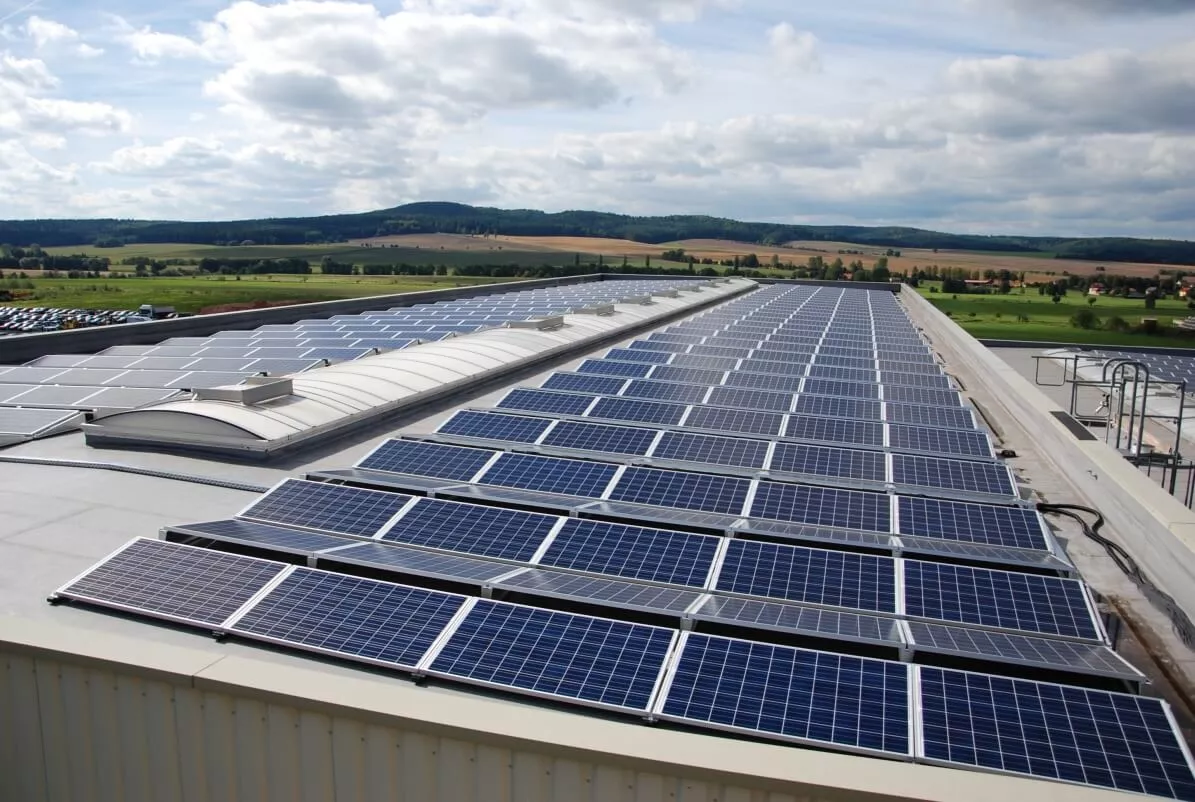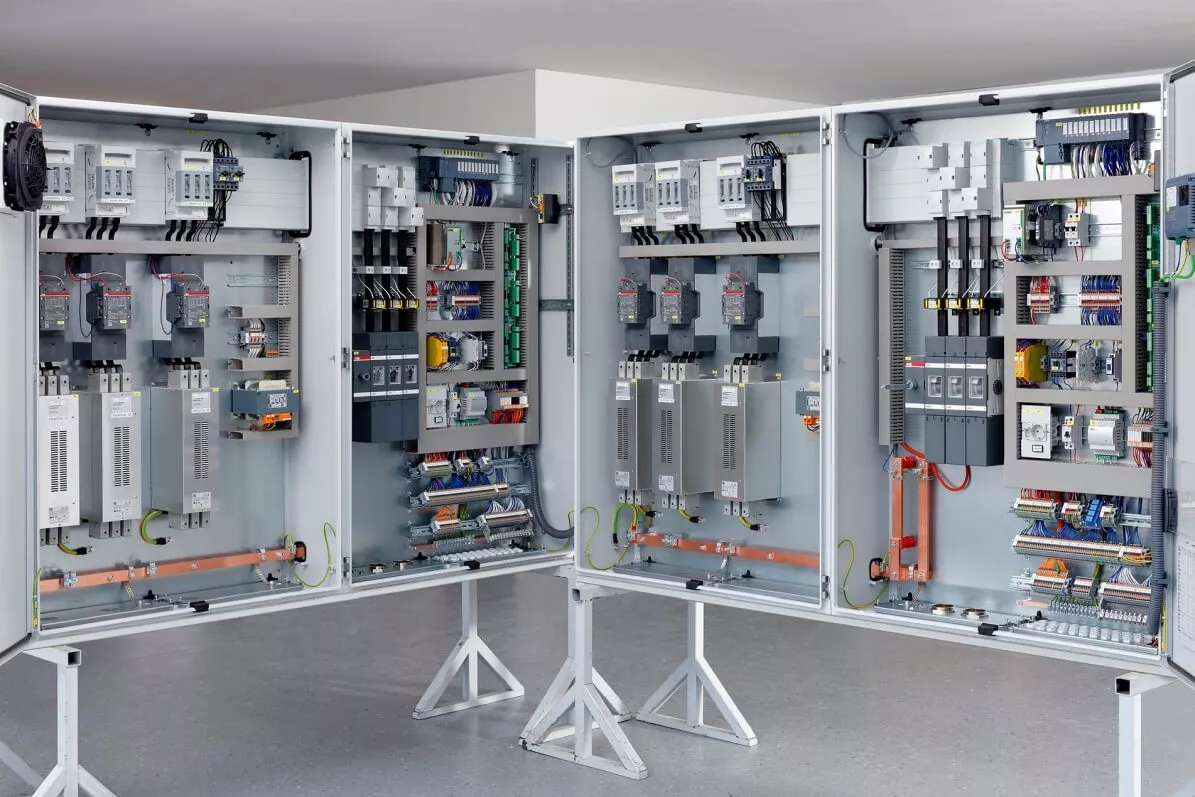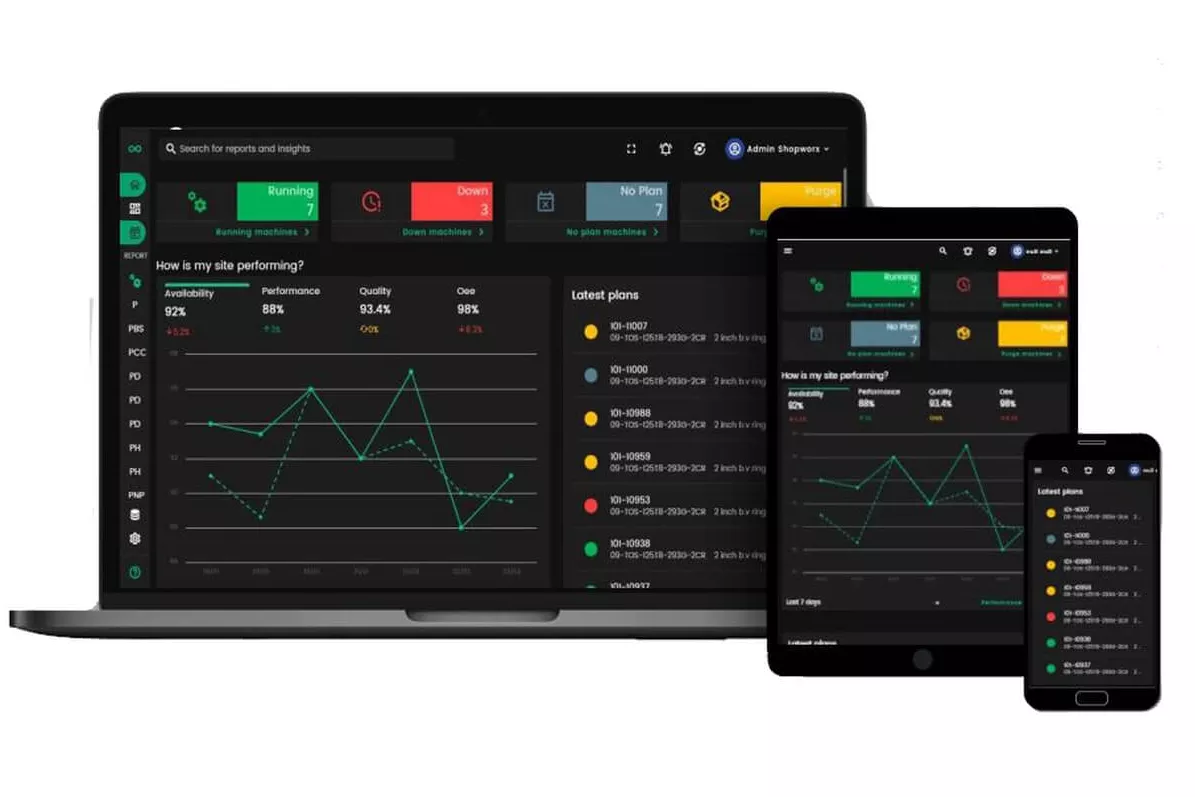
Sustainability and CO2 reduction: Innovative solutions for machine and production adaptations
- Initiative for more sustainability - The first step starts with ourselves
- Energy efficiency requires rethinking - solutions and projects we have already implemented
- Innovative into a green future - Strategic ideas for more sustainability
- Conclusion: Sustainability and CO2 reduction must be implemented at all levels
Sustainability and climate protection have long since ceased to be future issues for responsible industrial companies: Sustainable, competitive and efficient production strategies must not be planned and implemented at some point in the future, but should at best already be actively in use today. In line with this premise, ruhlamat has already been intensively engaged for years in the development of innovative machine and production adaptations that effectively reduce the CO2 footprint of our company as well as of the users of our solutions.
Initiative for more sustainability - The first step starts with ourselves
As an industrial company, ruhlamat is aware of its ecological and social responsibility. Therefore, our efforts for more sustainability have always focused not only on the development of sustainable solutions for users. Our own company has also always been in focus. Because we are certain that if you want to establish new standards and bring about change, you must first take the initiative yourself. With this conviction, ruhlamat took the first step toward the energy transition back in 1999 and installed its own wind turbine. To date, this covers around 45% of the family-owned company's total electricity requirements.
In addition, photovoltaic systems were installed on the roofs of our production and assembly halls years ago. These secure 35 - 40 % of our electricity requirements. Accordingly, we only have to purchase a small proportion of our electricity requirements. Any surplus electricity that we produce with the help of renewable energies but cannot use ourselves is fed into the public grid. This is another way in which we make a valuable contribution to the energy transition.

As part of our ongoing expansion, we plan all extensions with foresight and with sustainability in mind. In 2008, for example, we built an office building with 2,500 square meters of office space as a passive house. Photovoltaic systems are installed on the roof, and heating energy is generated with the aid of a modern heat pump. The canteen conversion in 2017 also focused on more than just comfort and physical well-being: the cold store was coupled with a heat recovery system. This makes it possible to use energy twice - for effectively chilled food and hot water in the canteen.
The extension to our assembly hall 3, which will be completed in 2019, will be heated in the same way as our office building with the aid of a heat pump. This was supplemented by the installation of efficient underfloor heating. To further reduce energy costs, we also replaced all fluorescent tubes in our production and assembly halls with energy-efficient LED lights in 2015/2016. Although we had already relied on daylight-dependent control in advance, additional energy savings were possible as a result of the change in lamps. Furthermore, the light output and ergonomic working conditions improved significantly.
By generating its own electricity and heat alone, ruhlamat saves an average of 300 tons of CO2 annually. We pass these savings on to our customers. After all, they indirectly contribute to reducing the CO2 footprint of the machines and production facilities we develop.

Energy efficiency requires rethinking - solutions and projects we have already implemented
Energy efficiency is a topic that we at ruhlamat not only want to address in-house, but also pass on to our customers and partners. That is why we are not only striving to reduce our own carbon footprint, but also to support our customers in this challenge. To this end, we have already developed versatile strategies and implemented effective solutions in recent years. These include:
- Air conditioning units for efficient control cabinet cooling
- Temperature switches for control of control cabinet and device ventilation
- Recuperation (recovery of electrical energy from kinetic energy)
- Power consumption recording of machines, machine sections and devices>
- LED technology for lighting and signaling devices
Many of these measures are designed to save energy directly. Power consumption recording, on the other hand, helps to identify further potential savings and thus forms the basis for future developments.
In addition to the solutions described above, we also develop comprehensive energy management concepts at the customer's request. These are tailored to individual requirements and thus make it possible to exploit savings potentials, some of which are enormous. In a current project, for example, the following ideas were implemented:
- Use of intelligent gripping systems - replaces energy-intensive compressed air/vacuum technology.
- Energy recovery systems in annealing processes - for the best possible utilization of energy input
- Comprehensive evaluation of consumption data and energy monitoring - reveals existing savings potentials
Innovative into a green future - Strategic ideas for more sustainability
The transition to a sustainable industry will not happen overnight. However, with the help of machine and production adjustments, we have already found easily implementable and measurable solutions for many of our customers to improve their carbon footprint. In the long term, however, the results achieved so far will not be enough. That is why we are already committed to new ideas that can further reduce CO2 consumption in production in the long term. Our experts are currently working flat out on innovative solutions in the following areas:
- energy-efficient machine architecture
- consumption-optimized compressed air systems
- demand-oriented drive technology
- economical and demand-oriented lighting concepts
- energy-saving control cabinet architecture
- demand-dependent shutdown of machine parts
- systems for fault/failure prevention
- interfaces for EnMS energy management


Conclusion: Sustainability and CO2 reduction must be implemented at all levels
When it comes to sustainability and CO2 reduction, no one can shirk their responsibility. This applies to private individuals just as much as it does to us as manufacturers of machines and production facilities and their users. It is therefore all the more important that we take a close look at the entire production and supply chain and constantly question it from the perspective of resource conservation, CO2 reduction and energy efficiency. In doing so, we at ruhlamat focus on our internal company activities just as much as on the machinery and production systems we design for our customers. After all, positive changes are ultimately only achieved if we make optimum use of existing potential at all levels.